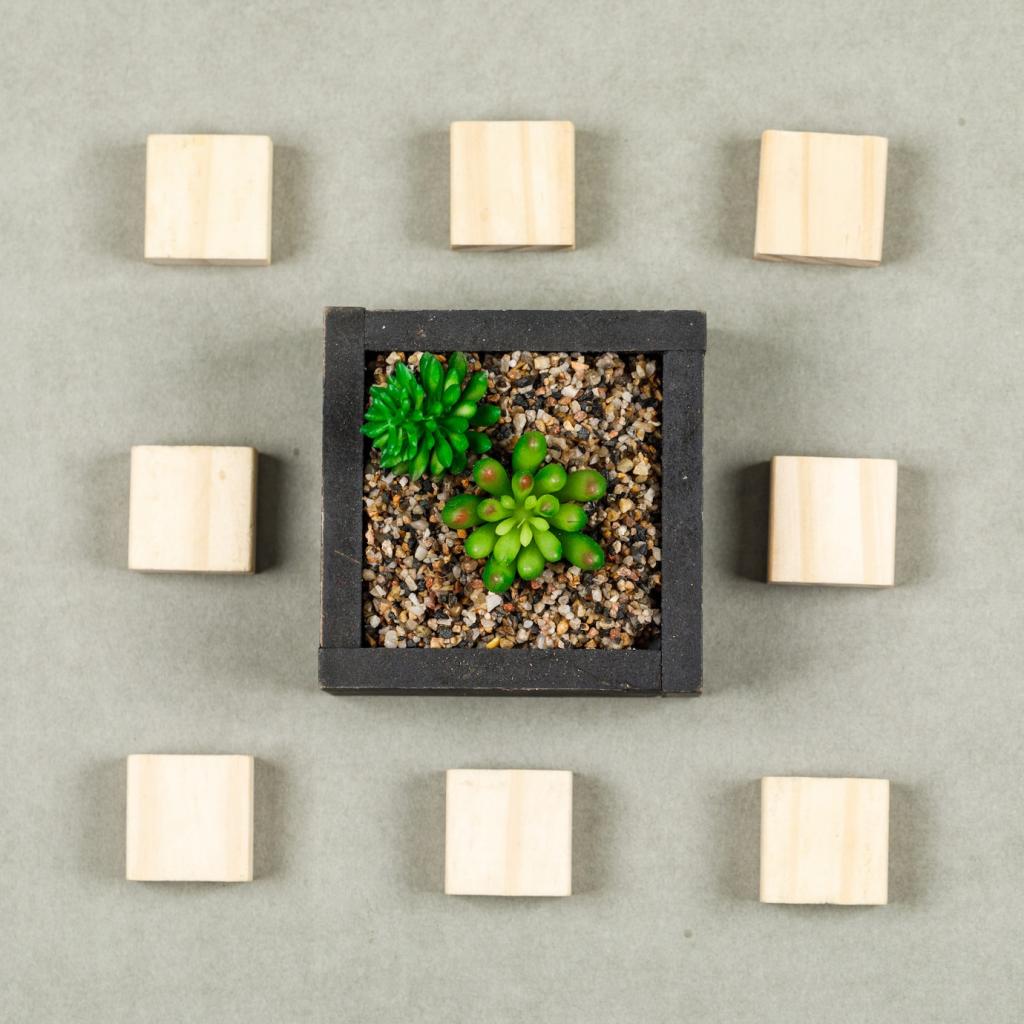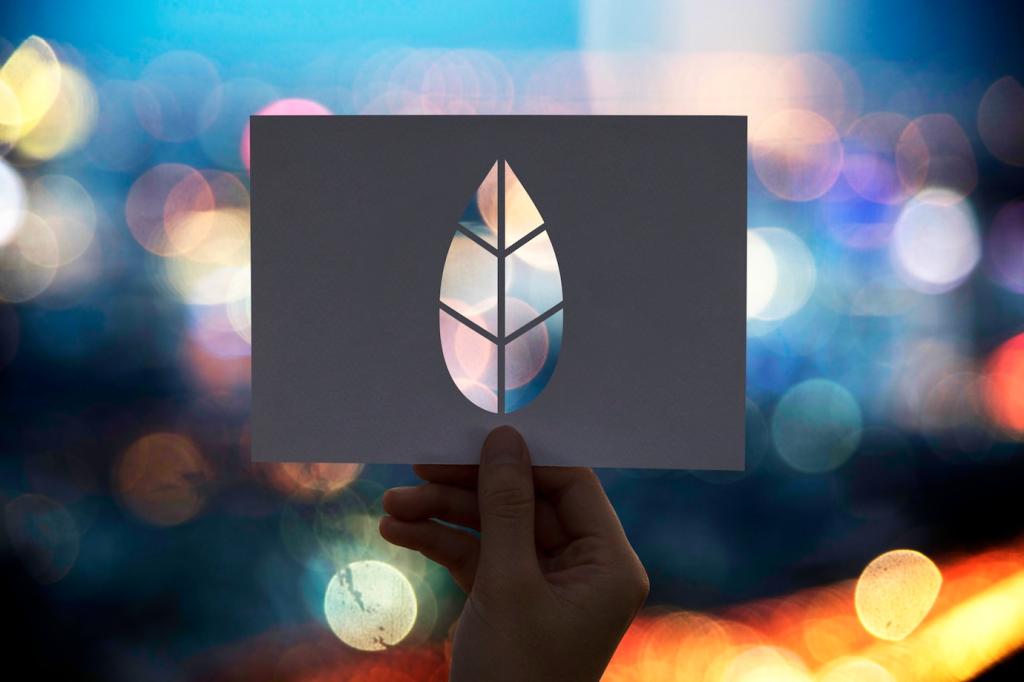Why Energy Efficiency in Lighting Matters
Watts measure power consumed, while lumens measure light produced. Energy-efficient lighting maximizes lumens per watt, delivering bright spaces with minimal draw. Aim for high efficacy, often 80–120 lm/W for quality LEDs, instead of older, wasteful sources.
Why Energy Efficiency in Lighting Matters
Inefficient bulbs waste energy as heat, stressing fixtures and your air conditioning. Incandescent lamps can convert around 90% of energy into heat. Efficient LEDs stay cooler, protecting finishes, improving comfort, and cutting both lighting and cooling costs together.






